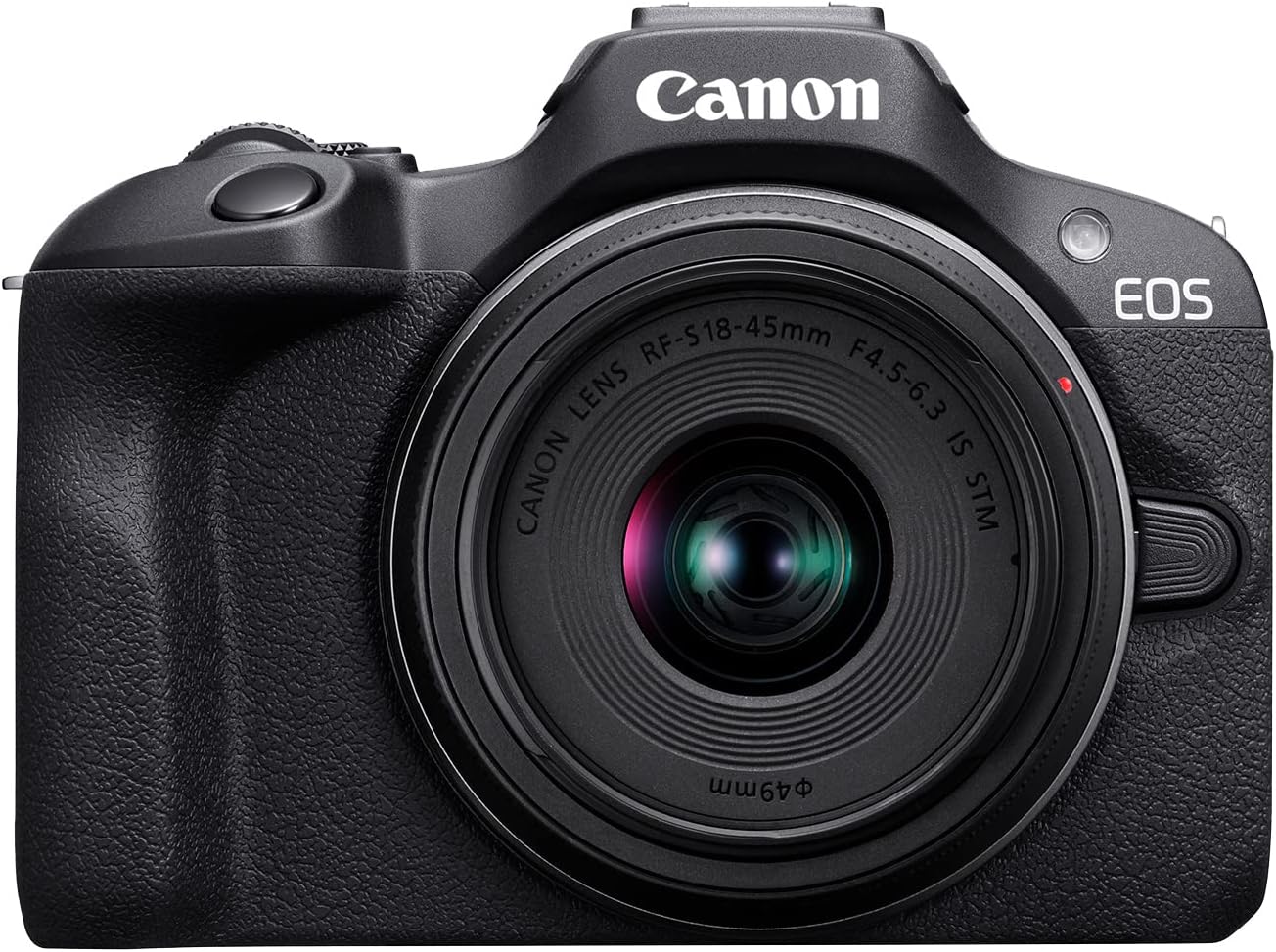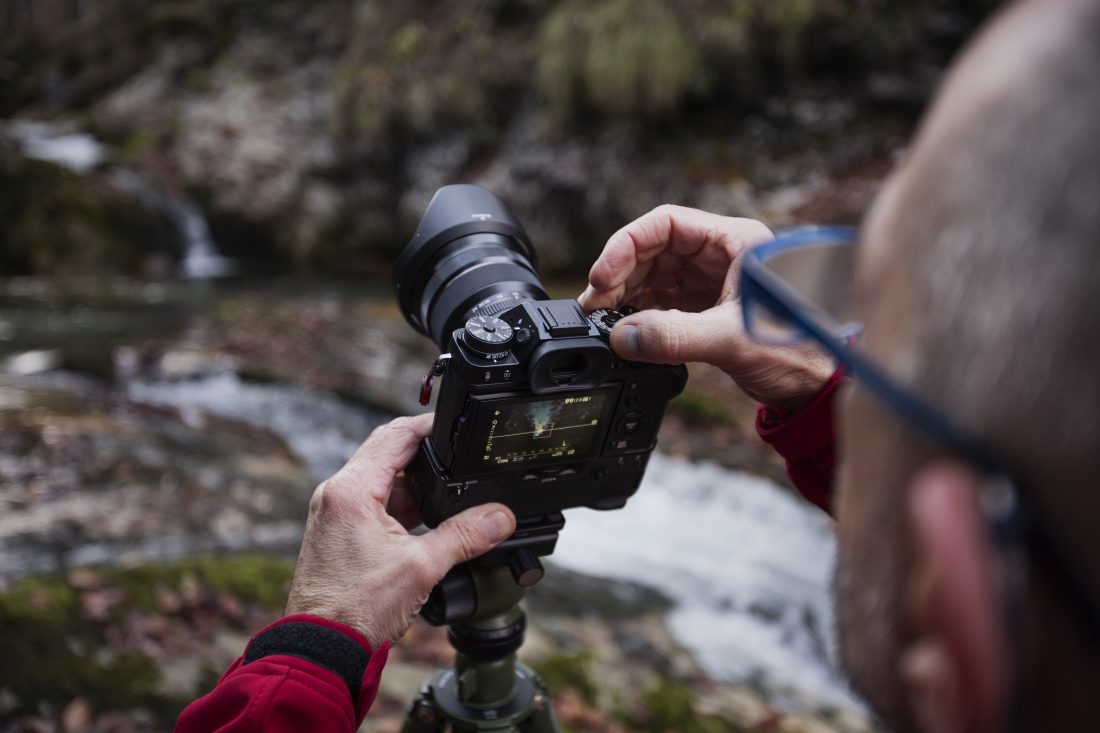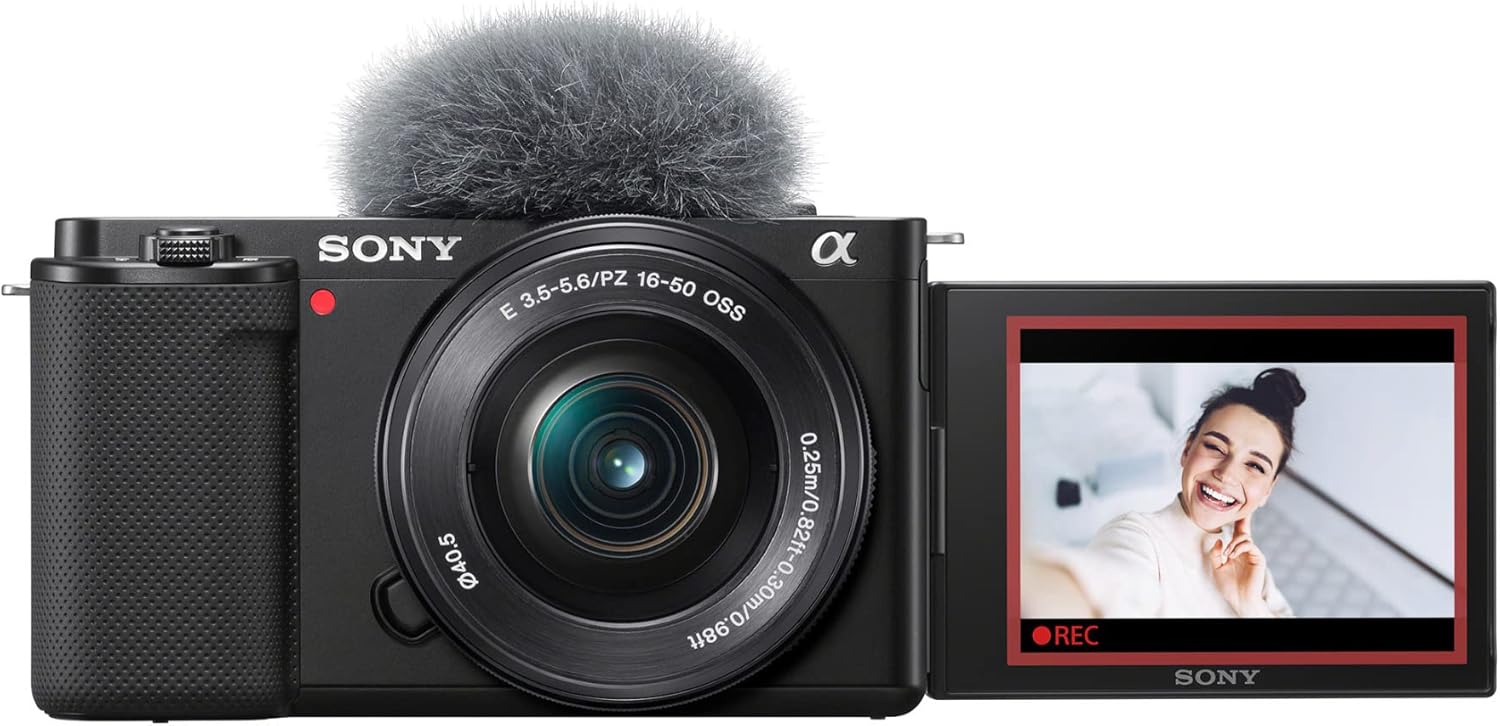How Many Shots Can a Mirrorless Camera Take? Expert Insights
For professional photographers, the lifespan of a camera is a crucial consideration. Knowing how many shots a mirrorless camera can take is essential for planning your investment and ensuring that your gear won't fail you at critical moments. In this comprehensive guide, we'll delve into the factors that determine the shot lifespan of mirrorless cameras, including shutter count, battery life, and technological advancements.

Understanding Shutter Count
The shutter count is perhaps the most significant factor in determining how long a mirrorless camera can last. Shutter count refers to the number of times the camera's shutter mechanism has been activated to take a photo. The life expectancy of shutter mechanisms can vary widely among different models and manufacturers.
Mechanical vs. Electronic Shutters
Mirrorless cameras often come with both mechanical and electronic shutters. Mechanical shutters are prone to wear and tear, affecting the overall lifespan of the camera. Electronic shutters, on the other hand, are not subject to the same physical limitations and can significantly extend the number of shots your camera can take.

Battery Life
Another critical factor in determining how many shots a mirrorless camera can take is its battery life. Mirrorless cameras are often more demanding on battery life compared to their DSLR counterparts. Manufacturers typically provide an estimated number of shots per battery charge, but several variables can impact this figure.
External Battery Packs
To overcome battery limitations, consider using external battery packs or a battery grip. These accessories can provide a substantial boost to your shooting capacity, ensuring that you can capture more images during extended shoots.
For more tips on extending the shooting capabilities of your mirrorless camera, check out these resources on why choose mirrorless camera and easiest mirrorless cameras.

Technological Advancements
Mirrorless cameras are continually evolving, and recent technological advancements have significantly impacted their longevity. Features such as sensor cleaning mechanisms, enhanced heat dissipation, and improved shutter designs contribute to an extended camera lifespan.
Firmware Updates
Manufacturers frequently release firmware updates that can optimize your cameras performance and potentially extend its operational life. Staying updated with the latest firmware can help you get the most out of your mirrorless camera.

Manufacturer Specifications
Each manufacturer provides specifications regarding the estimated shutter life of their cameras. For instance, some high-end models may boast a shutter life expectancy of over 300,000 shots. It's essential to consult these specifications to gauge the longevity of your camera.
For more detailed information on mirrorless cameras and how they work, you can refer to this comprehensive guide on mirrorless cameras.
Real-World Usage
Field tests and user experiences offer invaluable insights into the actual lifespan of a mirrorless camera. Professional photographers often share their experiences, providing a real-world context to the manufacturers claims.
Interested in knowing the revolutionary aspects of mirrorless cameras? Check out this revolutionary explanation on the advantages of mirrorless cameras.
FAQ
How does the shutter count affect a mirrorless camera's lifespan?
The shutter count is a crucial indicator of a camera's lifespan. Higher shutter counts can lead to eventual mechanical failure, especially in cameras relying on mechanical shutters.
What are some ways to extend the lifespan of my mirrorless camera?
Regular maintenance, using electronic shutters, and opting for external battery packs can help extend the lifespan of your mirrorless camera.
Is it worth investing in high-end mirrorless cameras for increased shot capacity?
High-end models often come with enhanced features and materials designed for durability, making them a worthwhile investment for professional photographers.
As an Amazon Associate, I earn from qualifying purchases.

